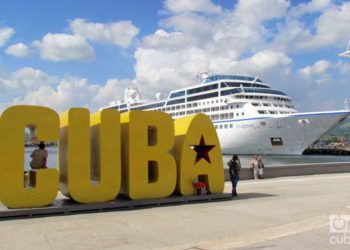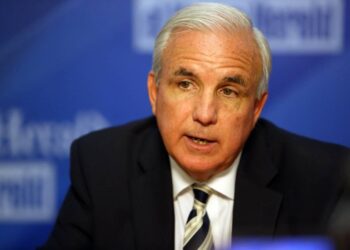Cuba In Depth
A great deal of the wealth that historically has sustained the Cuban economy, especially agriculture (amassed with sugar, coffee, mines) is contributed by the so-called orientales (people from Cuba’s eastern region), who live at the very foot of the Sierra Maestra (a hem soaked by the sea in the south), or at its top. They are country people generous with outsiders, because it’s a sin to answer with the gesture of the nature that gives them abode, feeds them, makes life beautiful for them with magnificent scenarios…. That life has another tempo and another character, at times surprising travelers: it is in the east of Cuba where surrealism becomes a routine. Photo by Wanda Canals Living there are fishers with infinite nets that each morning comb the sea to snatch from the exhausted beach three mochuelos. And even so, they will repeat the hard maneuver that “following day” in which they will always have more luck. It could also happen that a man crossed your path with his head coming out of a latrine, the easiest way to transport on foot the type of latrine preferred in the region. Photo by Wanda Canals In the most isolated rolling hills...




